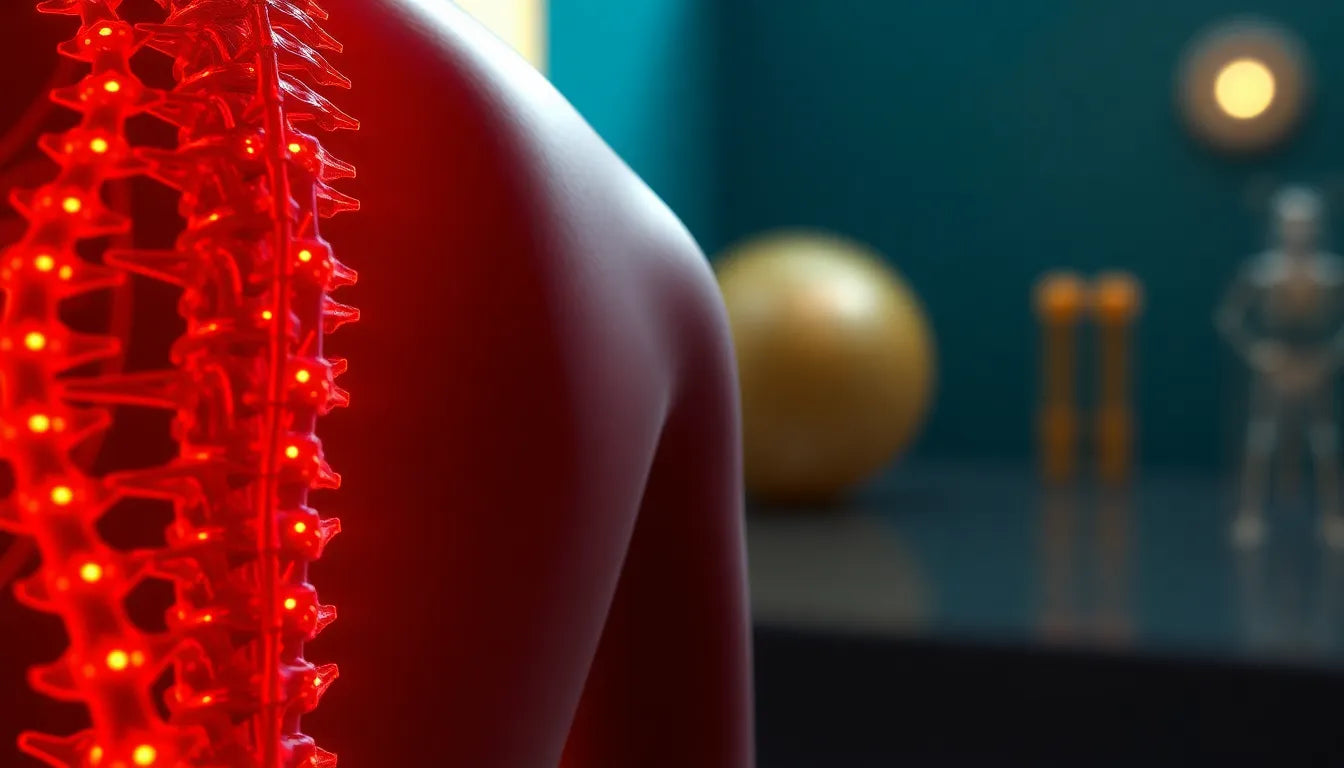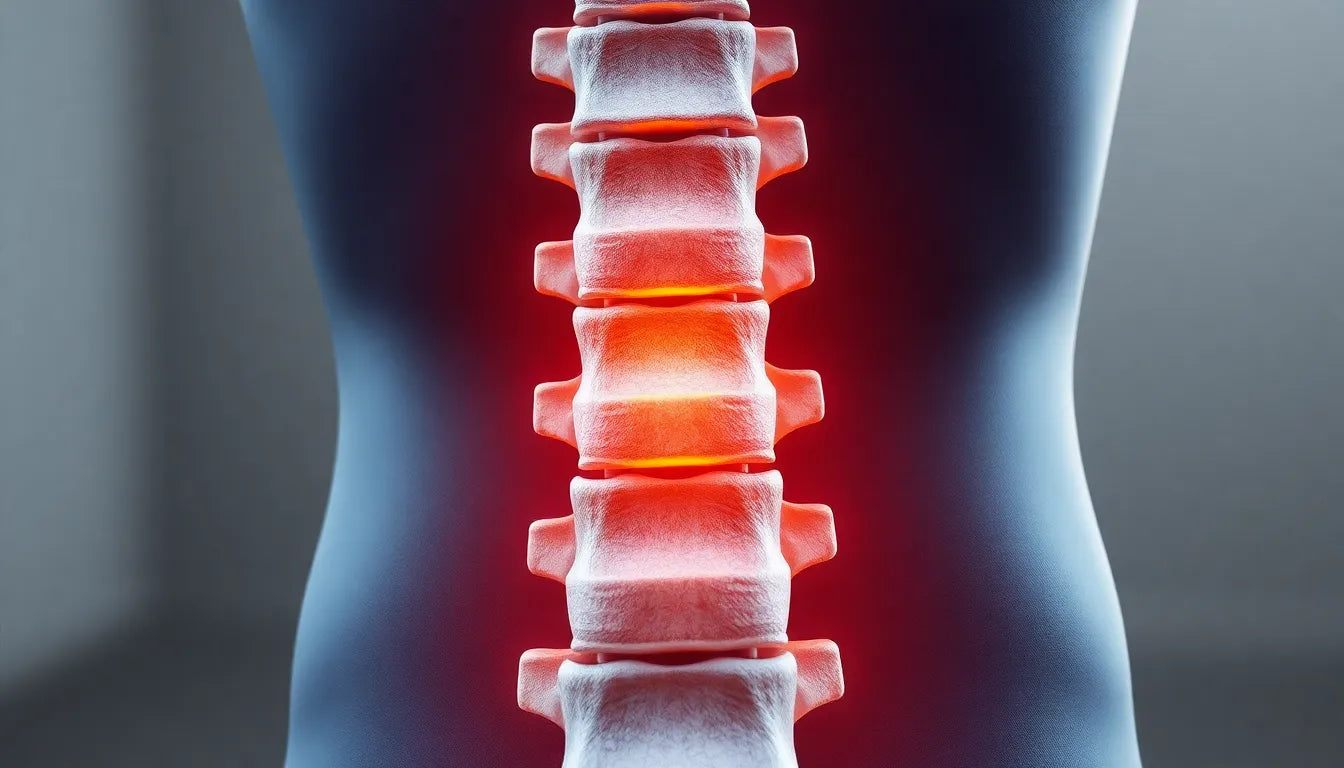Herniated discs are a common ailment that can significantly impact daily life, often causing pain and discomfort that can disrupt even the simplest tasks. These spinal issues occur when the soft center of a spinal disc pushes through a crack in the tougher exterior casing, potentially pressing on nearby nerves. This condition is not only prevalent but also one that prompts many to ask a crucial question: how long does a herniated disc take to heal naturally?
understanding the importance of recovery time
Knowing how long a herniated disc might take to heal is essential for managing expectations and planning your recovery journey. A clear understanding of the typical healing duration helps individuals anticipate the challenges they might face and prepare for the road ahead. Recovery time can vary widely among individuals, influenced by factors such as the severity of the herniation, age, overall health, and lifestyle. Therefore, having a realistic view of the healing process is key to maintaining a positive outlook.
what to expect: an overview of the healing process
This article will delve into the typical timeframes for herniated disc recovery, exploring the various stages of healing and the factors that can influence the process. By understanding these elements, you can better navigate your recovery journey. We will also provide practical advice to help you achieve a smoother recovery, ensuring you are equipped with the knowledge to support your body as it heals naturally. From the initial pain to regaining normal activity levels, each stage of recovery plays a crucial role in your overall healing.
In the following sections, we will discuss how most herniated discs improve significantly within 4–6 weeks, with many experiencing a notable reduction in symptoms within 2–8 weeks. However, it's important to note that some cases may take longer, particularly those with more severe injuries, potentially extending up to six months for full recovery. Understanding these timelines can help you set realistic goals and avoid unnecessary anxiety about your progress.
As you continue reading, you will gain insight into the phases of healing, from acute inflammation to long-term management, and learn about the importance of gentle movement and light activity in promoting recovery. Additionally, we will explore how factors like age, health, and adherence to treatment plans can influence your healing journey. By the end of this article, you will be better prepared to manage your recovery and take proactive steps towards regaining your quality of life.
typical duration for healing a herniated disc
When dealing with a herniated disc, understanding the typical healing duration can provide much-needed reassurance. Generally, most herniated discs show significant improvement within 4 to 6 weeks. During this period, symptoms such as pain and discomfort tend to decrease as the body naturally heals the disc. For many, the most notable reduction in symptoms is observed between 2 to 8 weeks. However, it's important to acknowledge that recovery can vary significantly depending on the severity of the herniation and individual health factors.
In more severe cases, the healing process can extend up to six months. Such prolonged recovery is often associated with more extensive injuries or slower healing rates. Studies indicate that approximately 70% of individuals with lumbar disc herniation experience a resolution of leg pain within six weeks, highlighting the body's ability to recover over time. Nevertheless, some people might experience a quicker recovery, while others may take several months to fully heal, influenced by factors such as age, overall health, and activity levels.
phases of herniated disc healing
The healing process of a herniated disc can be divided into distinct phases, each characterized by specific symptoms and recovery milestones. Here's a detailed look at these phases:
| Phase | Duration | Key Features |
|---|---|---|
| Acute Inflammation | 1–2 days up to 2 weeks | Most pain occurs; body reacts to injury |
| Subacute/Improvement | 2–6 weeks | Pain starts improving, increased mobility, inflammation subsides |
| Plateau/Stabilization | 6–12 weeks | Continued symptom improvement, fewer flare-ups |
| Long-term Management | Beyond 12 weeks | Most normal activities can resume; focus on prevention |
Understanding these phases can help you set realistic expectations and track your progress as you recover from a herniated disc.
returning to activity after a herniated disc
Resuming normal daily activities is an essential part of the recovery process for those with a herniated disc. Most individuals can return to light activities within 2 to 4 weeks, allowing the body to gradually adapt to movement without exacerbating the injury. Gentle exercises, such as walking or stretching, are encouraged during this time to promote healing and prevent muscle atrophy.
However, it's crucial to avoid strenuous activities that could strain the back, such as heavy lifting or twisting motions, until you receive clearance from a healthcare professional. For some, a full return to all pre-injury activities might take 12 weeks or more, especially if the herniation was severe. Listening to your body and progressing at a comfortable pace is vital to ensure a safe and effective recovery.
factors influencing herniated disc recovery
Several factors can impact the speed and quality of recovery from a herniated disc. Age, overall health, and activity level play significant roles in determining how quickly symptoms resolve. Younger individuals or those with good physical fitness often experience faster recovery times. Additionally, adhering to treatment plans, such as physical therapy and prescribed exercises, can significantly enhance the healing process.
In some cases, early surgical intervention may be necessary, particularly if symptoms persist beyond the typical healing timeframe or worsen. Surgical outcomes tend to be more favorable when intervention occurs within six months of symptom onset. However, even those with prolonged symptoms can benefit from surgery, albeit to a lesser extent.
By understanding these factors and working closely with healthcare professionals, you can optimize your recovery journey and regain your quality of life more effectively.
practical tips for herniated disc recovery
Supporting your recovery from a herniated disc involves a combination of physical therapy, ergonomic adjustments, and lifestyle changes. Engaging in structured physical therapy can help strengthen the muscles around the spine, improve flexibility, and reduce the risk of future injuries. A physical therapist can tailor exercises to your specific needs, ensuring they are safe and effective.
Ergonomic adjustments in your daily environment can also play a crucial role in recovery. Consider investing in ergonomic chairs or standing desks to reduce strain on your back during work. Proper posture is essential, and using lumbar support can help maintain the natural curve of your spine, minimizing pressure on the affected area.
Lifestyle changes, such as maintaining a healthy weight and staying active, are equally important. Excess weight can put additional stress on your spine, so a balanced diet and regular exercise can aid in both recovery and prevention. Gentle activities like walking, swimming, or yoga can keep you active without exacerbating your condition.
pain management and prevention strategies
Managing pain effectively is a key component of the recovery process. Over-the-counter pain relievers, such as ibuprofen or acetaminophen, can help alleviate discomfort. However, it's important to use these medications as directed and consult with a healthcare professional for personalized advice.
To prevent recurrence, focus on maintaining good posture and using proper body mechanics. When lifting objects, bend at the knees and keep the object close to your body. Avoid twisting motions that can strain your back, and incorporate core-strengthening exercises into your routine to provide better support for your spine.
conclusion
Understanding the natural healing timeline of a herniated disc and implementing personalized recovery plans are essential for a successful recovery. By following practical advice and making necessary adjustments to your lifestyle, you can support your body's healing process and reduce the risk of future issues. Always consult healthcare professionals for guidance tailored to your specific condition.
frequently asked questions
Can a herniated disc heal without surgery?
Yes, most herniated discs heal naturally without the need for surgery, especially with proper care and management. Non-surgical treatments, such as physical therapy and lifestyle changes, are often effective in reducing symptoms and promoting recovery.
When should I seek medical help for a herniated disc?
Seek medical attention if symptoms persist beyond the typical healing timeframe or worsen, or if there is significant pain or mobility issues. Early intervention can prevent complications and improve recovery outcomes.
What activities should I avoid with a herniated disc?
Avoid activities that strain the back, such as heavy lifting, bending, or twisting, until cleared by a healthcare professional. These movements can exacerbate the condition and delay recovery.
How can ergonomic aids help in recovery?
Ergonomic aids can provide support and reduce strain on the back, facilitating a more comfortable and effective recovery process. Items like lumbar supports, ergonomic chairs, and standing desks can help maintain proper posture and alleviate pressure on the spine.
final thoughts
Recovering from a herniated disc requires patience and a proactive approach. By understanding the healing process and implementing effective strategies, you can enhance your recovery and prevent future occurrences. Always consult healthcare professionals for personalized advice and remain committed to your recovery journey.
Sources
- Cleveland Clinic. "Herniated Disk."
- ADR Spine. "Herniated Disc Treatment and Recovery."
- Spine MD. "Herniated Disc Recovery Time."
- HealthCentral. "Herniated Disc Treatment and Recovery Tips."
- Advanced Spine Center. "Stages of Herniated Disc Recovery."
- Peer-reviewed research. "Symptom Resolution in Lumbar Disc Herniation."























